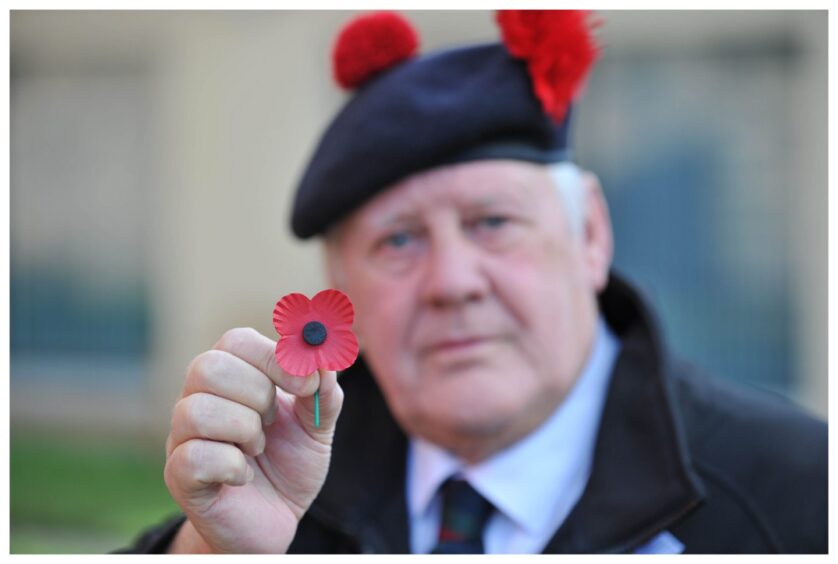
On the 11th hour of the 11th day of the 11th month, people across the UK commemorate Armistice Day – the anniversary of the end of the First World War.
Two minutes of silence will blanket the nation on Saturday morning, before Remembrance ceremonies, services and celebrations take place on Sunday.
And one little flower will bloom on lapels and cenotaphs up and down the country – the poppy.
Since 1921, the Royal British Legion’s annual Poppy Appeal has raised money for the Armed Forces community, with the red flower chosen to represent the war-dead as poppies flourished on the battlefields at Flanders after the First World War.
But in recent years, the red poppy has been the subject of debate, with celebrities and TV personalities including footballer James McLean, actor Paul Mescal and newsreader Charlene White coming under fire for refusing to don the little red pin.
So in 2023, what does the poppy mean? And is it as simple as remembering the fallen?
Red poppy is ‘only poppy to be wearing’
For Black Watch veteran George McLuskie, the answer is yes.
“I was in the military for 20 years – of course I wear the poppy!” says Buckhaven resident George, for whom the poppy is deeply personal.
“My grandad was on the HMS Hood in the Royal Navy. He didn’t go down with the ship but he served on there before it went down.
“My dad was in the Black Watch and he was captured in Italy. He was a prisoner of war in Germany, then got released, then joined up again, with the Argylls.
“He was my hero.
“So I wear the poppy because I respect the freedom that my country has by defeating the Germans in the First World War.
“Bearing in mind, the people that fought in the Great War weren’t old 71-year-old guys like me. They were very, very young men.
“And they gave up their lives for people nowadays to enjoy our freedom.”
For George, the red poppy – the only one sold by the Royal British Legion – is “the only poppy to be wearing”.
“Other people have got the white poppy, and the purple poppy for animals, and that’s fine – that’s their personal opinion and their right,” he explains.
“And they only get their right to wear that through the freedom our troops gave them by fighting through the war.”
As for the idea that the poppy symbol has been co-opted by political movements or that it has come to glorify war, he couldn’t disagree more.
“I think people who think that are misinformed,” he states.
“The whole point of wearing the poppy is to remember the fallen, nothing else. No other political rubbish that goes along with it – it’s to remember the fallen that fought in the two great wars and also conflicts after that.
“We’ve got to remember them. It’s not a case of glorifying war; they tried to prevent war by trying to defeat evil empires.”
Poppy is an ‘outdated symbol’
Meanwhile Dundee software tester Drew Cochrane is among those who opts not to wear a poppy.
“I don’t personally wear a poppy,” he says. “Of course I have the utmost respect for the people who have sacrificed their own their lives in defence of others, and the defence of freedom and democracy.
“But I don’t feel an outward symbol is required to show that respect.”
For Drew, the conflation of poppies with the British Empire is problematic.
“The poppy as a symbol of remembrance in a historical context was traditionally worn in commonwealth countries,” he explains. “And for me, I feel it helps enforce ideas of nationalism and British pride – that isn’t something I identify with.”
This year in particular, Drew finds the wearing of the poppy “somewhat ironic” in light of the events in Gaza.
“At a time where we’re watching a genocide unfold in front of our eyes, I feel it’s somewhat ironic to wear a symbol commemorating the sacrifice of those who died. Where’s the symbol to commemorate those innocent lives lost in Palestine?
“Ultimately, people are free to make their own choice, but I know that I can have respect for those who gave their lives without wearing an outdated symbol that evokes the memories of ‘the Glory days of Britain’.”
White poppy to ‘bring about an end to war’
Sitting in the middle of the debate is Campaign for Nuclear Disarmament activist Eric Smith – who is also the son of a First World War veteran.
Eric wears both the red and the white poppy, with the latter standing as a symbol of remembrance for all victims of war, not just those in the Armed Forces.
“My own father served in the First World War in France and Belgium, and it obviously had a huge effect on him,” says Eric, 78, from Sauchie.
“That was ‘the war to end all wars’ allegedly, and sadly it wasn’t.
“He lost many of his friends there, half his football team. It was obviously a really hard subject for him, but in his later years he did open up a wee bit and it just brought home to me the horrors of war.
“As I got older, I became aware of the total futility of war. I’ve also been to Israel-Palestine, and what’s happening there is absolutely breaking my heart. It breaks my heart to think of mothers sending their children out to fight to kill the children of other mothers.
“I feel that the British Legion have become very antagonistic and militaristic, and that’s obviously to be expected as a military organisation to a certain extent. But now [the poppy drive] is just in your face and glorifies war in many respects.
“We shouldn’t be glamourising these events, we should be remembering in sadness, with great sorrow, the huge sacrifice that people have made.
“Although I have a huge amount of respect for people who are willing to go and die for their country, I feel that there is so much futility attached to that, we really must work hard to find an alternative.
“So for these reasons, I’ll wear a white poppy in the hope that we can do things that might bring about an end to war.”
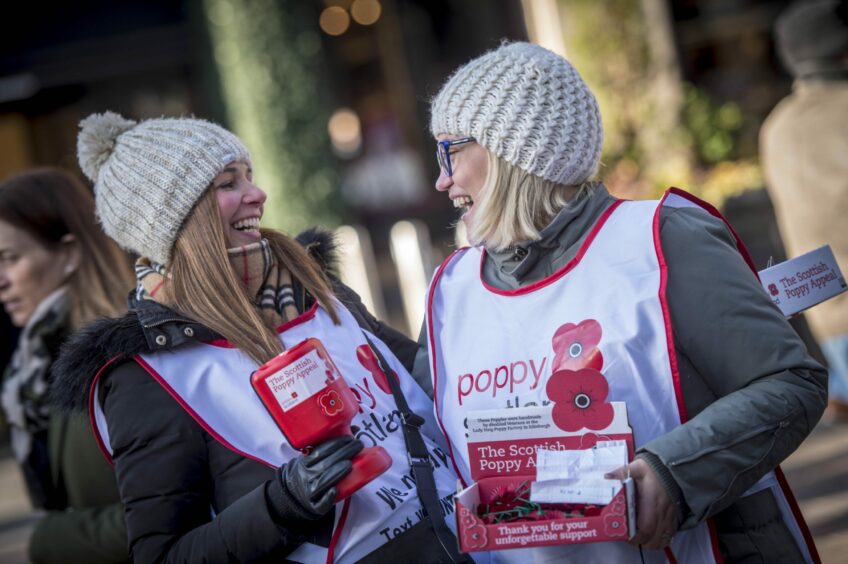
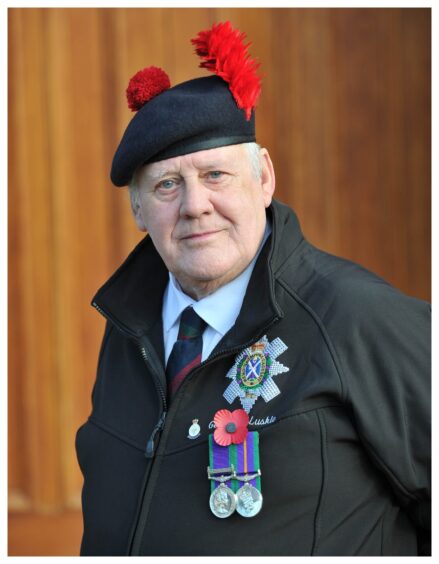
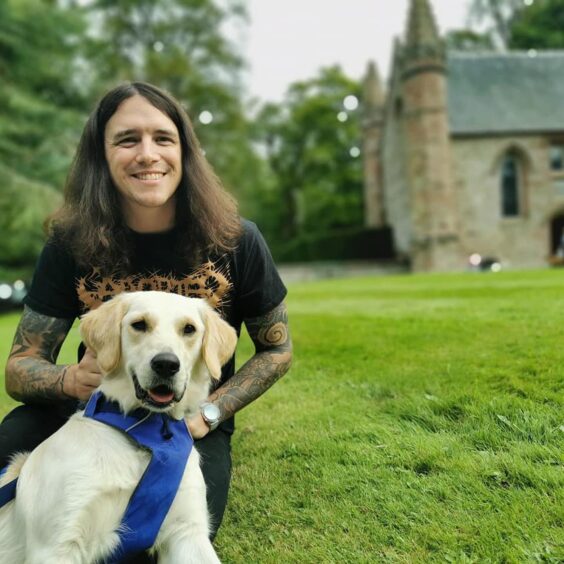
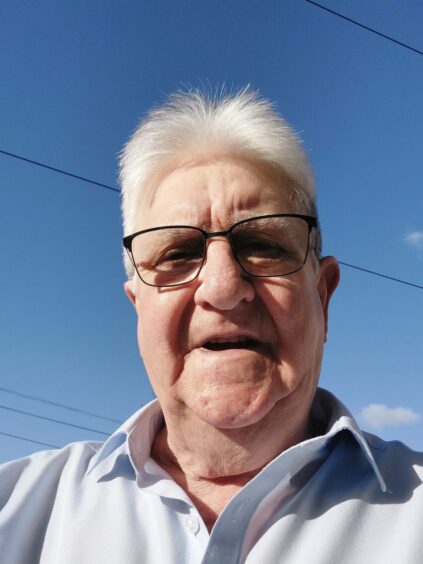










Conversation